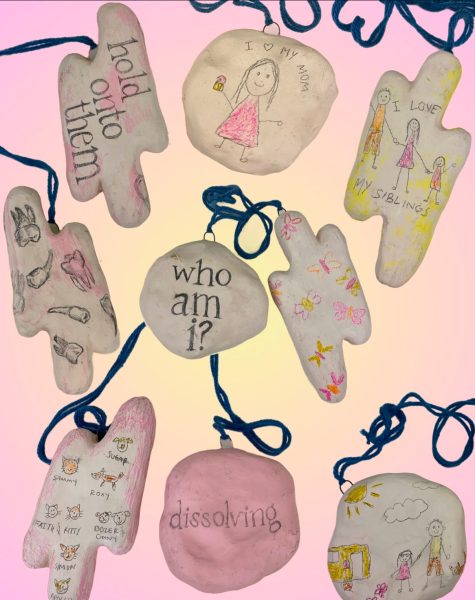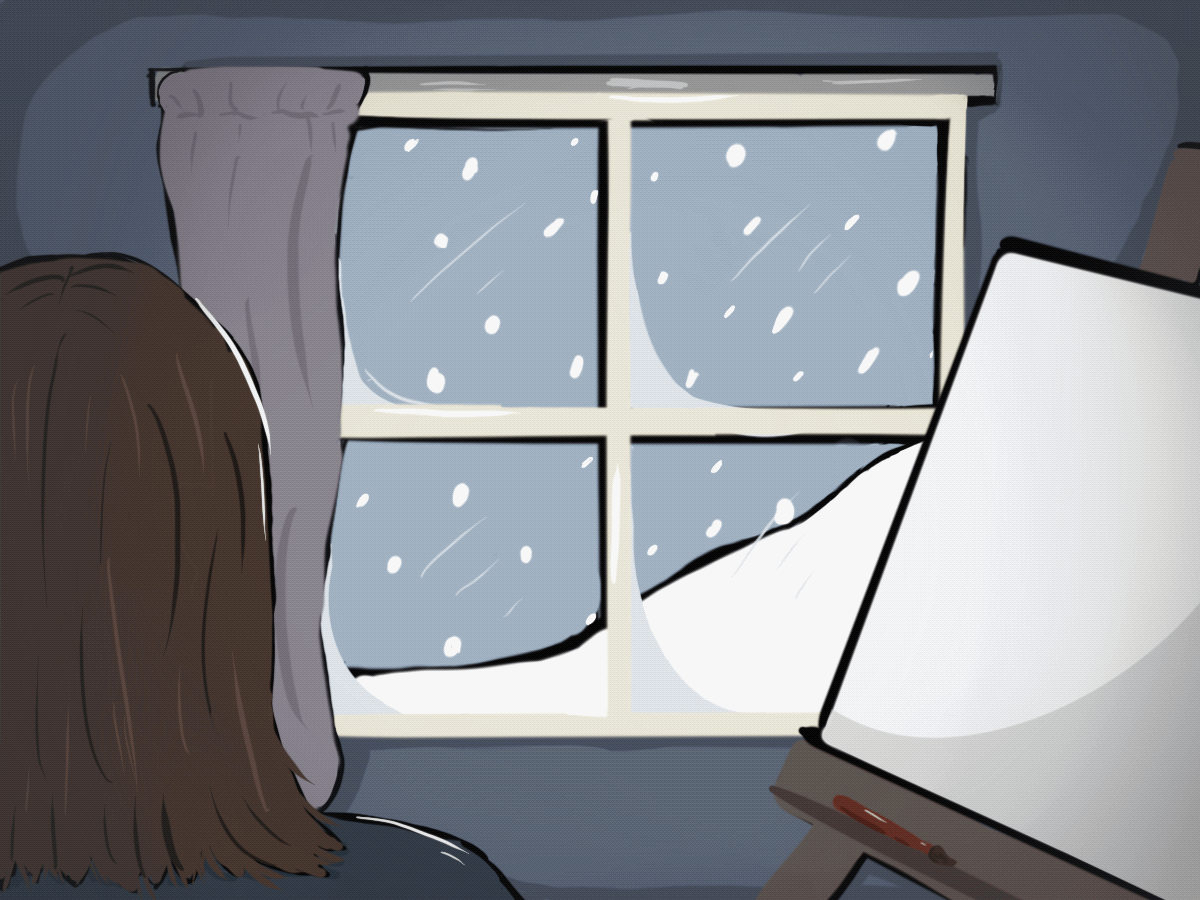Mounds of glistening, pristine snow pile outside windows laced with frost, their crystal formations climbing up the glass. As snow blankets the world, muffling sounds and leaving silence, students are clustered at home, with no assignments or classes to fill their days.
But just as snow can snuff out a fire, the sizzling hiss of extinguished flames, many art students feel their creative embers struggling to stay lit during the winter break. The big snowstorm left them with blank days and blank canvases.
“From an early time when you’re in art academia, you are told that you need to be productive, and if you aren’t doing that, you’re wasting time,” Payton Combs, a studio arts major, said. “You’re not progressing. You’re not growing.”
Like other School of the Arts (SOTA) students, Combs spent little to no time making art during the break. Although rest is crucial after the incessant projects and deadlines, both the internal and external pressures to create often weigh heavily on artists.
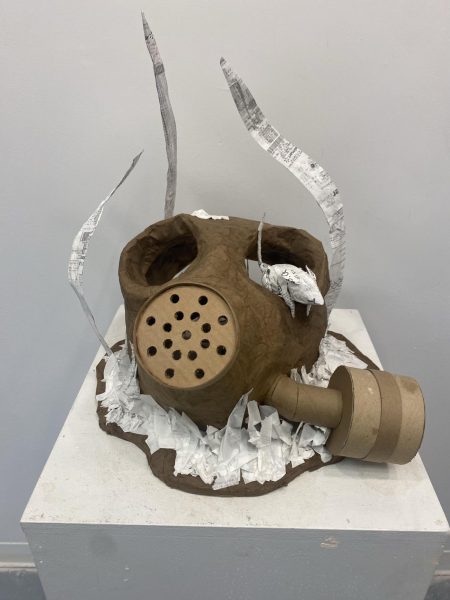
A single studio course runs for nearly three hours twice a week, demanding significant time and energy. Students must also dedicate even more time to their work outside the classroom. But what is considered an intrinsic passion, a hobby fostered from youth, can quickly morph into a source of stress and something to be resented.
“Finals week of last semester, I had to cram in three projects,” Wyatt Stafford said. “So after that, I was just like, ‘I gotta have a break’ and was not motivated to do anything or make anything.”
Stafford, graduating this semester with a Bachelor of Fine Arts (BFA) degree in drawing, is preparing for his senior exhibition, a show that culminates his years of study. Yet with so much energy devoted to required work, he and other artists often feel too drained to create art for other purposes. This is the dreaded burnout of the artist.
“You just end up thinking about creating stuff constantly, and you’re like, ‘I can’t.’ You feel a little helpless about it,” Stafford said.
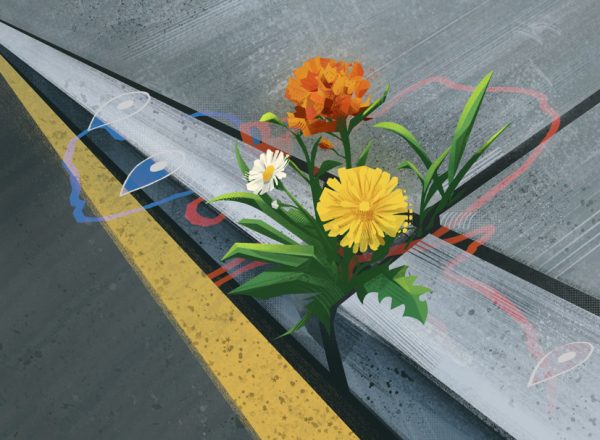
Burnout can plunge an art student into a state of despondency. The pressure to create work is constant, coming from professors, peers and even themselves. Comparison also runs rampant in creative communities, leaving students to wonder if they’re doing enough to grow as artists.
“I feel guilty,” said spatial arts BFA major Jazaya Miller. “I felt like I was being unproductive, like I was wasting time. Professors always say, ‘If you’re not doing anything, make sure you’re at least sketching in your sketchbook.’”
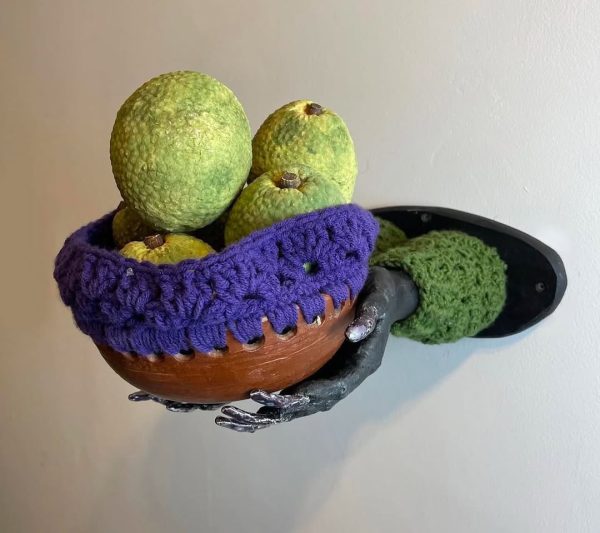
For some students, like Jess Allen, a visual communication design BFA major, attempting to break through the winter slump is helped by creating gifts or doing commissions. Taking the time to make small things, like chipping away at obstinate ice, can go a long way for an artist.
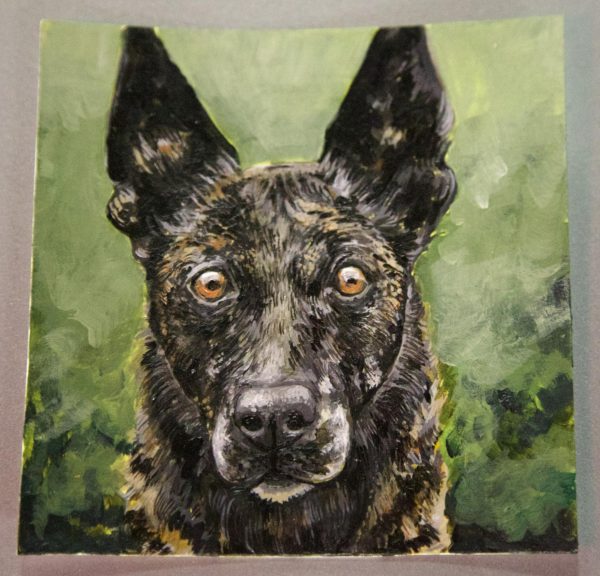
“When the semester ended, I didn’t do anything for two weeks. I’m just so tired and I don’t even want to touch anything. I don’t touch my laptop. I don’t touch my sketchbooks,” Allen said. “But I give myself some slack because it was stressful and I should have time to relax.”
Burnout may not have a perfect cure; it requires time, relaxation or perhaps simply pushing through the experience. Shelby Cherry, an art education and spatial arts major, has faced the challenges of burnout but has learned to approach it from a different perspective.
“I have a fear of creating because I have a fear of failing,” Cherry said. “Pressure in general is what leads to my burnout, putting expectations and weight on myself.”
Shunning the idea of perfectionism and instead embracing leniency, Cherry and other artists may reach a point in their burnout where they realize that taking a break is essential for recharging. Just as snow melts away to reveal grass and weeds poking through, ready to grow for spring, rest can reignite that fiery passion that pushes them to create in the first place.
“There are seasons to make and seasons to rest, to build up inspiration and motivation to then make again, like a cycle,” Cherry said.
